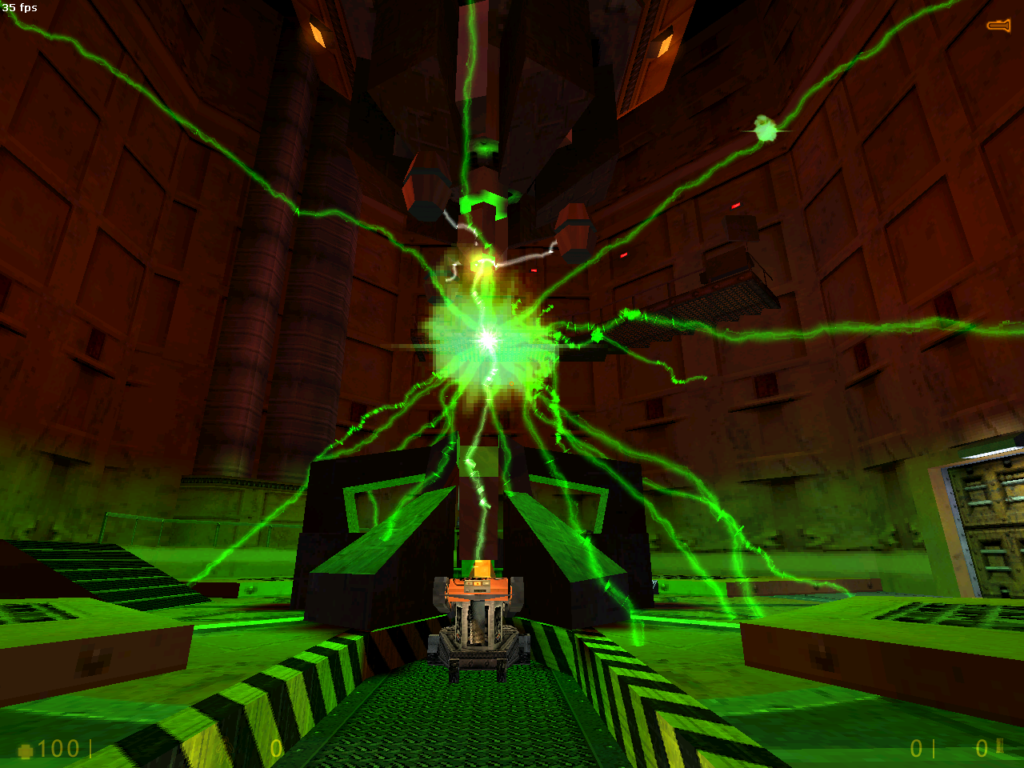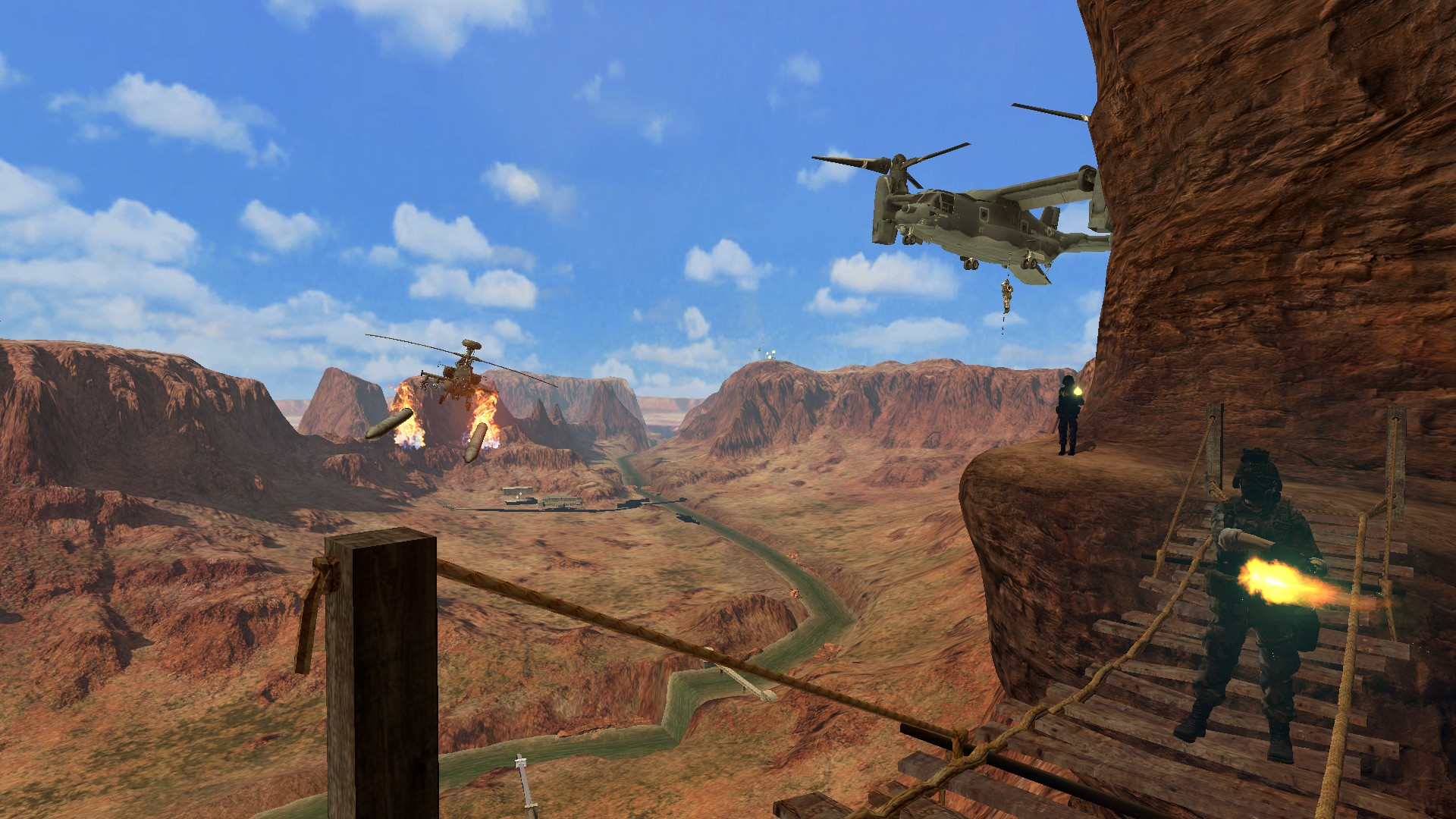Half-Life at its core is an enduring well-rounded game. Now while that description certainly doesn’t sound very exciting or appealing, I believe it is much more telling than simply calling it “amazing” or any number of positively raving descriptive words. One must consider that in the time of its development many FPSs were lacking in one way or another, often in the narrative space. See, it was (and to some degree still is) all too common for FPSs to use cutscenes or exposition dumps disguised as briefings as a way of conveying their story. While that is totally fine, Half-Life was able to bring immersion to the next level by seamlessly tying in narrative elements solely through player interaction with the environment. Perhaps the most defining example is the resonance cascade. The entirety of this key event could have taken place in a cutscene, yet it is the player who must make the deliberate action of inserting the Xen crystal causing the subsequent catastrophe.

It should also not be understated that part of the seamless nature is literally due to level loading being quick with each level gradually melding into one another’s scenery, running in stark contrast to the arcadey and often strict demarcations of other titles at the time. In a similar vein, the primary UI is subtle, tiny, restricted to the very edges of the screen, contributing further to its immersive qualities.
Despite being somewhat of an unrealistic power fantasy, Gordon’s role as a silent protagonist is still grounding and immersive because the spaces traversed are not only filled with moments of great adversity, but also mundane exploration one would not expect from the high adrenaline gorefest of the genre. In addition this gives the player the agency to define the type of man Gordon is, even so far as to allow merciless killing of NPCs (killing guards can give early access to weapons in some cases while scientists give no benefit). Speaking of NPCs, their AI is incredibly nuanced as if you instead choose to save them the player is rewarded by guards backing you up with cover fire or scientists being able to heal you. Enemies know how to flank and even flush players out from cover via homing projectiles or grenades. Their actions and especially dialogue can cast a humanizing and diverse light to the previously “copy paste filler” NPCs one could expect from “Doom clones”. I am reminded of some idle chatter from the soldiers: “I didn’t sign up for this shit. Monsters, sure. But civilians? Who ordered this operation, anyways?”. Half-Life is a masterclass in pacing. On one side the slow reveal of Black Mesa facilities, glimpses of the mysterious “G-Man”, and the transition/mixing of alien enemies and military do wonders for the narrative as it keeps players wondering what might happen next. On the other side, gameplay itself is a continual juggling of platforming (which might be one of the elements that aged least gracefully due to controls not being as refined as they are today), shooting, and puzzle solving that staves off any sense of repetition.
The sound design in particular should be applauded in this game, as it is ripe with memorable and distinct effects. Each gun has weight and power due to the meatier and lower pitches used in their sounds, while the various dissonant trills of the aliens complement their peculiar nature. One can also not forget the mechanical/electronic tones of the HEV and health chargers.

Furthermore, it’s interesting to note the uncompressed and crisp nature of the music in the game. Most gameplay is absent of music having only general ambiance to fill the void. Yet when it comes to particularly tense action the game is ready to blast you with the greatest assortment of music a game of that decade had to offer adding greatly to the catharsis of chapter narrative arcs.
Aside from reimaging ludonarrative structure in the FPS space, Half-Life made just as important contributions to the maker spaces of the era with the concurrent inclusion of Worldcraft and SDK (Software Development Kit). With unrestricted access to tools like these the modding and level designing scene flourished bringing forth fresh talent and innovative ideas soon to elevate the FPS world to new heights. These laid the foundations for communities that are still active to this very day with some recognizable titles such as Team Fortress Classic and Counter-Strike.
Half-Life proved that the FPS genre could be more than just mindless killing and score keeping. It asked the player to consider why they shoot and to what ends, all without hamfisted interruptive scenarios and without compromising on the gameplay quality itself. Quite a feat for their first game, no?

